For early homesteaders, the doorway was more than an entry point—it was a boundary between the warmth of the home and the work that sustained it. Right by the door you’d often find a collection of simple, sturdy tools, always ready for whatever the day demanded. These weren’t luxuries but essentials, chosen for their usefulness in a life where chores never really ended.
At The Quiet Harvest, we sometimes recommend products that make homesteading, cooking, and cozy living a little easier. When you click on one of our Amazon or affiliate links and make a purchase, we may earn a small commission—at no extra cost to you. It’s one way we keep this space thriving, so we can continue sharing recipes, garden wisdom, and quiet living inspiration. Thank you for supporting us in this simple, meaningful way.
The ever-handy axe
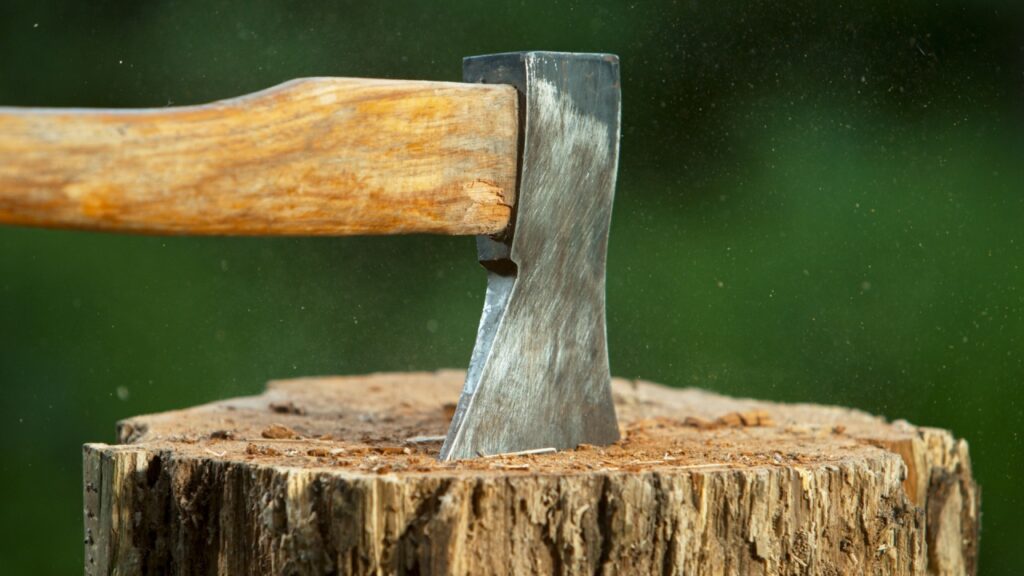
Few tools were as indispensable as an axe. Kept near the door, it was always within reach for splitting firewood, clearing branches, or even offering protection if needed. Many families had more than one: a heavier axe for chopping large logs, and a smaller hatchet for quick jobs. Firewood was the lifeblood of a homestead, fueling stoves, ovens, and hearths, so an axe near the door meant no wasted steps when warmth was needed fast.
Buckets for water and more
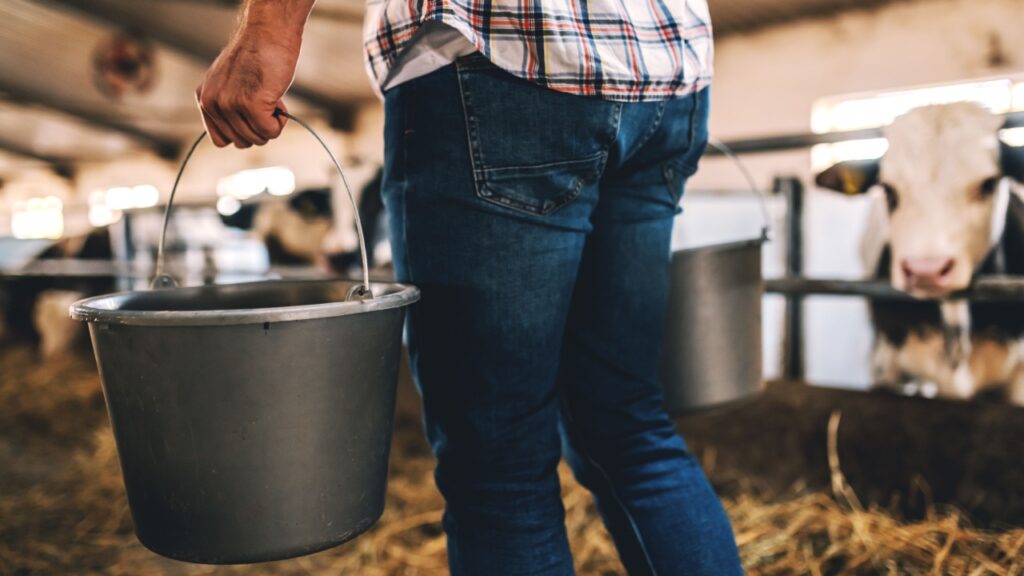
Before indoor plumbing, fetching water was a daily task. Wooden or metal buckets sat near the door, ready for the next trip to the well or spring. But their use didn’t stop there—buckets were also pressed into service for hauling feed, collecting scraps, or carrying hot coals to start a fire elsewhere. Durable, simple, and endlessly versatile, a bucket by the door was as important as the boots that stood beside it.
The broom or besom
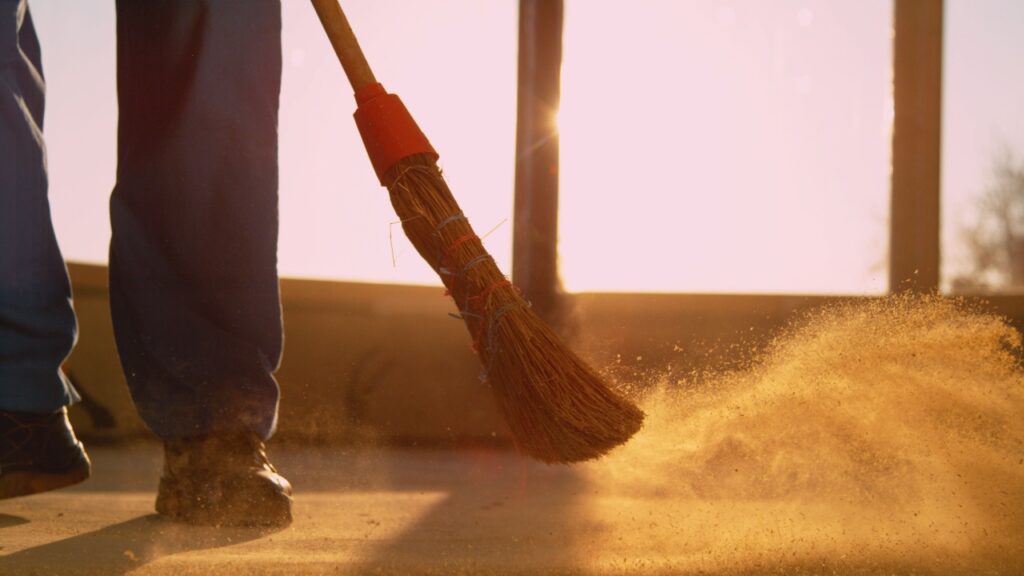
Homesteads drew in dust, dirt, and straw with every step. A broom kept by the door was the first defense against tracking it further in. Some families made their own from twigs or broomcorn, tied tight with twine and worn smooth with daily use. Beyond cleaning, brooms were used to sweep porches clear of snow or leaves, keeping the threshold tidy and safe.
Lanterns for light after dark
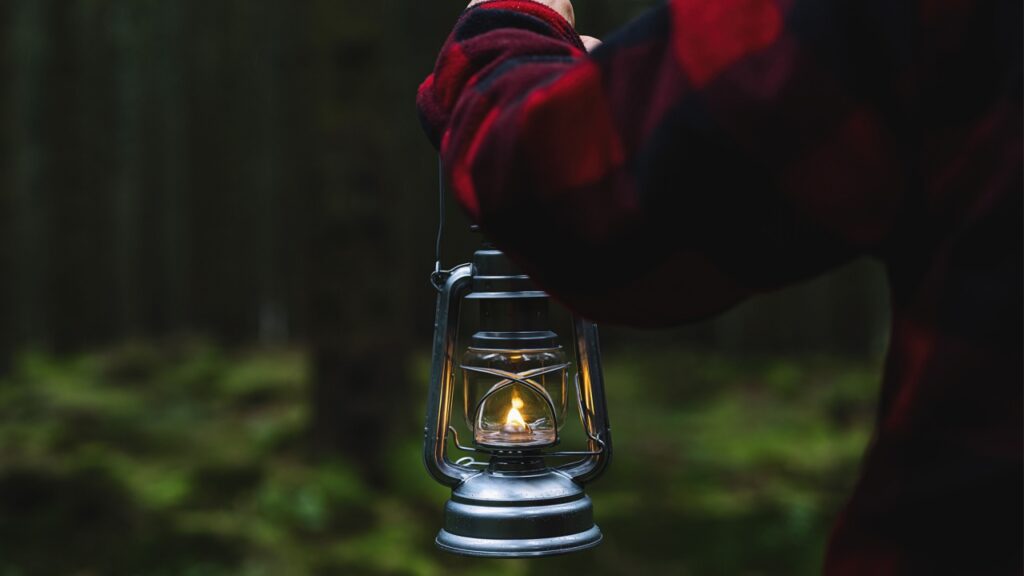
Evenings on the homestead often stretched well past sunset, and a lantern by the door meant no stumbling in the dark. Oil lamps or tin lanterns with punched holes provided enough glow to guide someone to the barn or across the yard. Families treated them with care, trimming wicks and refilling oil as part of the daily rhythm, because when darkness fell, light was a necessity, not a comfort.
Work gloves and boots
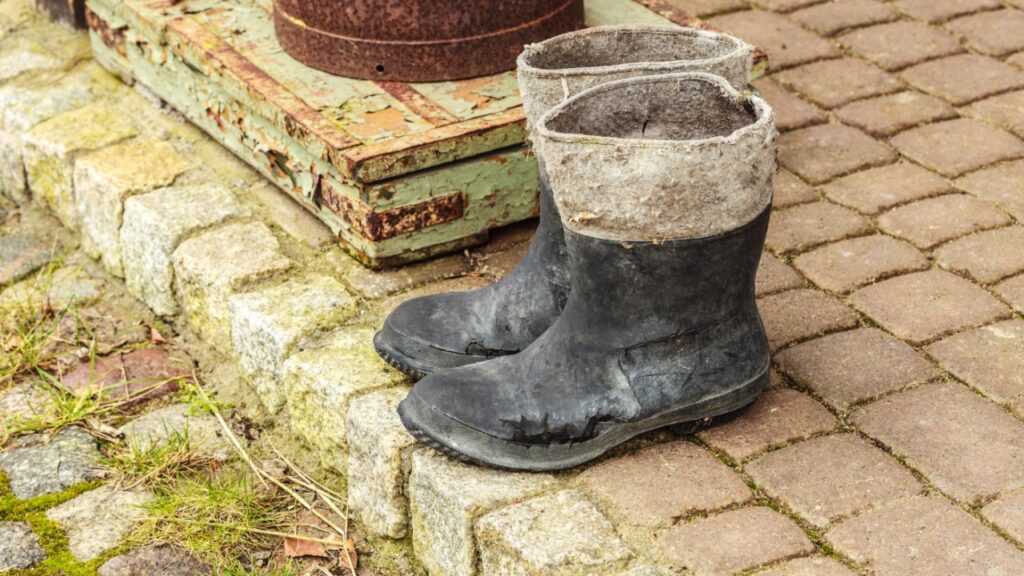
Though not tools in the strictest sense, a pair of worn leather gloves and heavy boots were almost always found near the entryway. They were the first things pulled on before heading out and the last shed when the day’s work was done. Gloves saved hands from splinters, barbs, and rope burns, while boots protected against mud, manure, and sharp rocks. Kept close to the door, they symbolized a readiness for work at any hour.
Knives and small tools
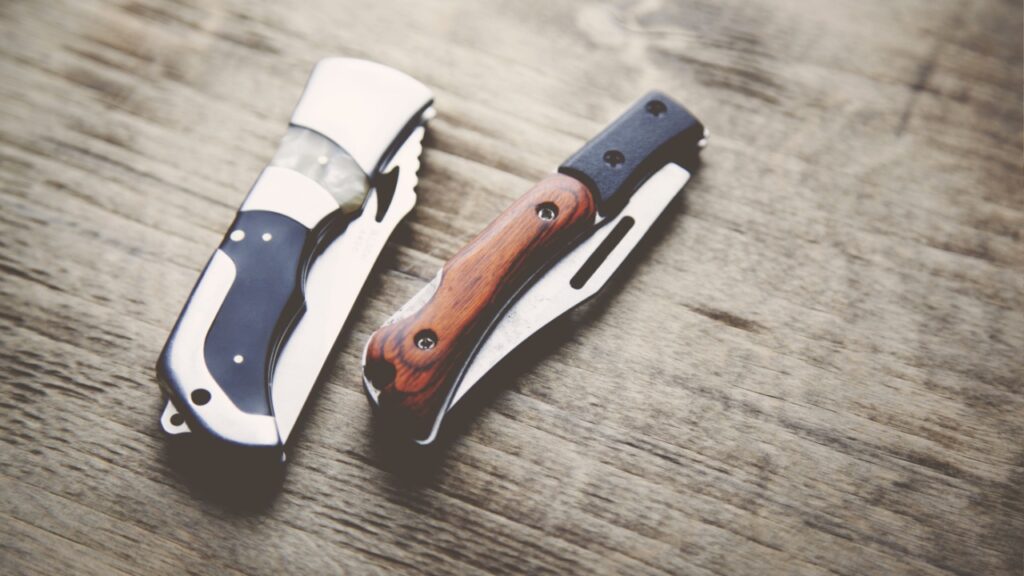
A good knife was never far from reach. Pocket knives, sheath knives, or even small utility blades hung near the door, ready for trimming rope, sharpening stakes, or cutting kindling. Many households also kept a hammer or hand saw nearby, tools light enough to grab quickly for minor repairs that couldn’t wait until morning.
Walking sticks and canes

For those on larger homesteads or uneven land, a stout walking stick stood by the door. It offered balance on icy paths or muddy fields and could double as a tool for herding livestock or knocking fruit down from a branch just out of reach. Like the axe or bucket, it was one of those quiet essentials, rarely remarked upon but always missed when not at hand.
A doorway of readiness
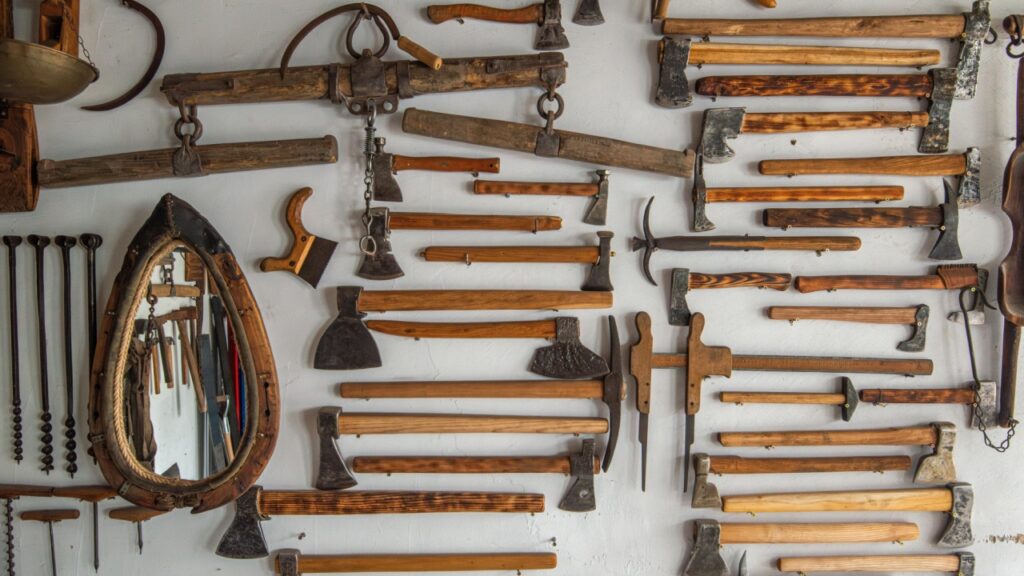
These tools by the door spoke of preparedness. Life on the homestead demanded quick responses—whether that meant carrying water before dawn, fetching firewood in the cold, or checking on animals after dark. By keeping essentials close to the threshold, families made sure the work of the day could continue without delay.
Though our homes have changed, the idea still resonates. Many people today keep flashlights, boots, or garden gloves by the door—our modern equivalents of axes and lanterns. The doorway remains a place of readiness, a reminder that life often calls us outside, and it’s best to meet it prepared.






No Comments